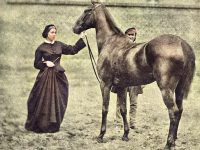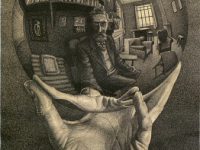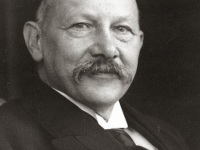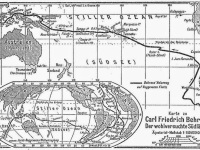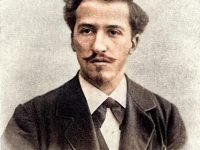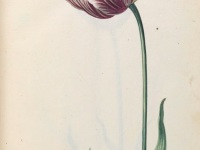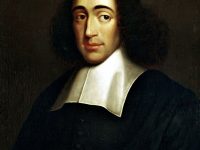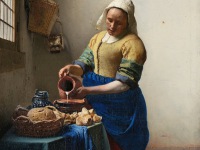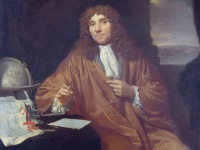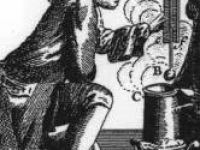The Fateful Journeys of Alexine Tinne
On October 17, 1835, Dutch explorer of Africa Alexandrine Petronella Francina Tinne was born. She was the first European woman to attempt to cross the Sahara. Alexandrine Tinne Background Alexandrine Tinne was born into a wealthy family. Her father passed away when she was only ten years old and she turned into one of the richest young girls of the Netherlands. It is then said that she suffered highly from love sickness…
Read more

